CWG is pleased to showcase an interview by author and CWG Contributor Ann Towell with award-winning Canadian children’s author Monica Kulling.
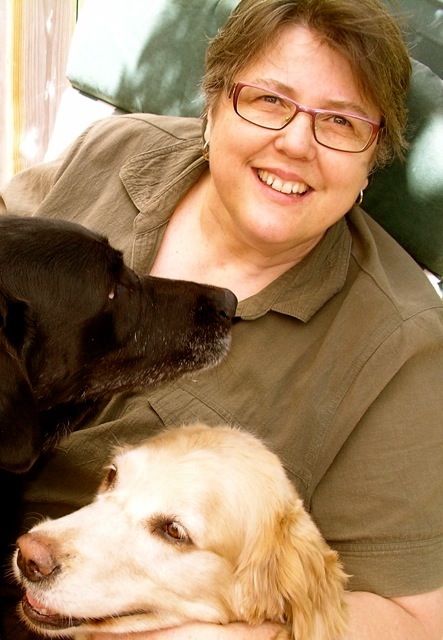
Monica Kulling
Monica Kulling is the author of numerous books for children. Her most recent books are Mary Anning’s Curiosity, illustrated by Melissa Castrillon, and Alexander Hamilton: From Orphan to Founding Father, illustrated by Valerio Fabbretti. She is also the author of On Our Way to Oyster Bay: Mother Jones and Her March for Children’s Rights, illustrated by Felicita Sala. Monica’s books have been nominated for many awards, including the Norma Fleck Award for Canadian children’s nonfiction. Other picture books include the popular Great Ideas series; Happy Birthday, Alice Babette; Grant and Tillie Go Walking; and The Tweedles Go Electric. Monica Kulling lives in Toronto.
Welcome, Monica!
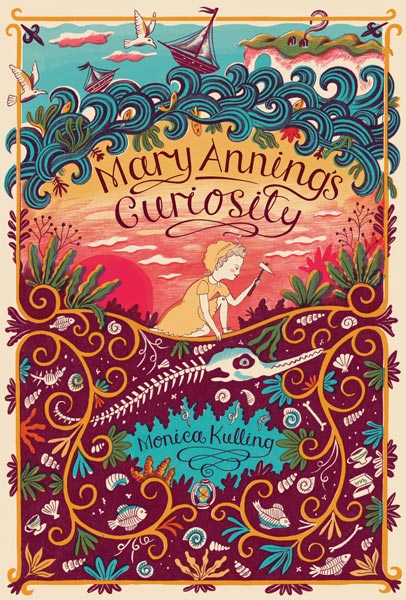
I read a lot of biography because I love the form, and when I find someone who piques my interest in a big way, I work out how best to tell that person’s story. Will I write it in a fanciful way, as I’ve done in Happy Birthday, Alice Babette or Grant and Tillie Go Walking? Or does the subject demand a more factual approach, as in On Our Way to Oyster Bay: Mother Jones and Her March for Children’s Rights. These days I seem most interested in finding subjects who are amenable to a fanciful approach.
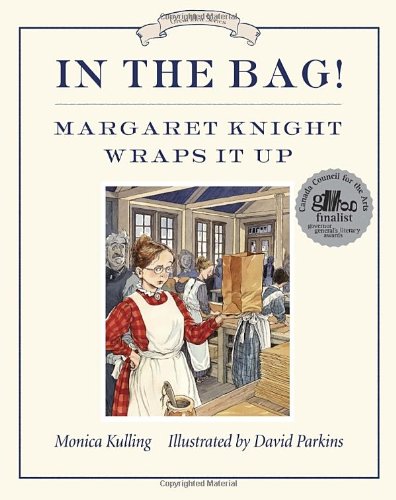
In The Bag! Margaret Knight Wraps It Up, written by Monica Kulling and illustrated by David Parkins, is an installment in the Great Ideas series and the source of the cover image.
When I was younger, I was able to write all day, but now the mornings are the most productive for me. That said, I write in my head and take mental notes while walking or cooking or gardening. Grant Wood commented on this way of working when he said, “All the good ideas I ever had came to me while I was milking a cow.” I love that approach!
I’ve always enjoyed the process of writing, especially before publication became a reality. Now, I seem to be enjoying that process all the more.
Thanks so much for sharing your story, Monica! We look forward to more of your wonderful work!


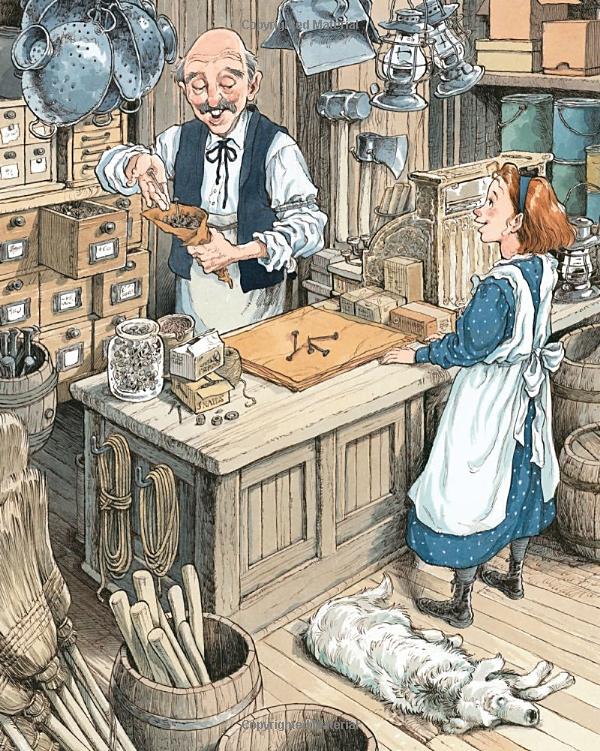
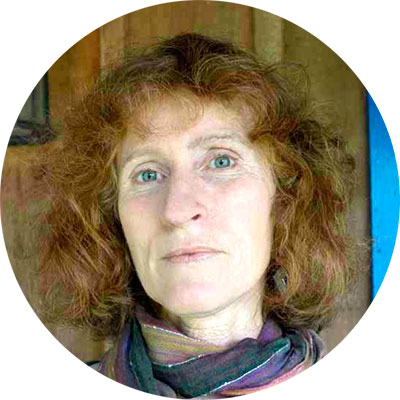 Ann Towell
Ann Towell 